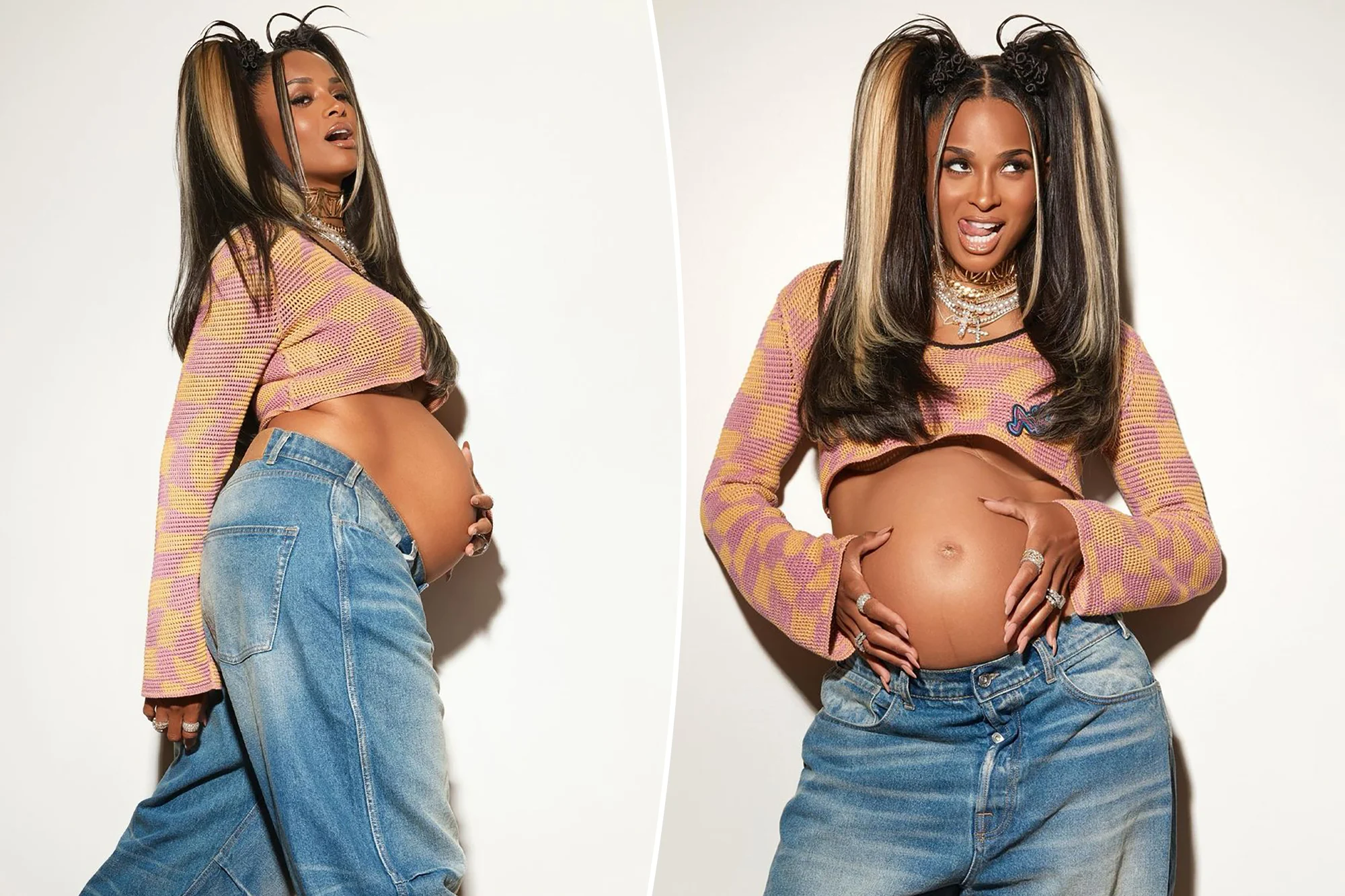As I engage in a conversation with another mother while observing our daughters in their dance class, she inquires, “How far apart are your children in age?” I respond, “Five years,” anticipating the typical surprised reaction.
“Was that planned?” she asks, catching me off guard. I seldom expect such personal questions.
I quickly mention my two pregnancy losses in between the births of my children, revealing more than I intended. I refrain from discussing the divorce and subsequent marriage that also contributed to the timeline of my family.
Surprisingly, my candidness seems to unsettle her. I almost sympathize, but if one is going to ask about the timing of family planning, they should be prepared for an honest reply, even if it’s uncomfortable.
In truth, a five-year age gap between my children was not my initial plan. As a young woman, I envisioned having two or three children relatively close in age, ideally wrapping up my childbearing years by 30. However, life unfolded differently—filled with the complexities of separation, divorce, and the trials of conception, including many painful moments of disappointment.
Despite the unexpected gap, there are numerous advantages to having children five years apart. For instance, during my maternity leave with my second child, my eldest was in kindergarten all day. It felt akin to experiencing a first baby again, but without the overwhelming anxiety. Some days, it almost resembled a vacation—an exhausting yet blissful period spent lounging on the couch, nursing a newborn, and indulging in TV marathons.
Having kids five years apart entails unique experiences. It means navigating conversations about puberty with one child while assisting the other with their potty training. It requires balancing the sounds of Kidz Bop blaring from upstairs while enduring The Wiggles’ tunes from downstairs—often wishing for a nostalgic 1980s music station instead.
This age difference also manifests in the daily challenges of parenting. While one child grapples with self-image and wardrobe changes before school, the other needs reassurance about preschool drop-offs. It’s a constant juggle of emotions, where both children may need comfort simultaneously but for entirely different reasons.
The dynamic of having kids five years apart creates a blend of childhood experiences. It means equal parts of Daniel Tiger and Austin & Ally, with a surprising joy when they discover a shared interest in a show like Transformers: Rescue Bots. It often involves weekend chores, like vacuuming up crumbs while listening to the older child lament about the unfairness of tidying up.
Time spent helping the elder with homework and piano practice often overlaps with the younger’s imaginative tales of transforming into various creatures. Family trips, such as to Disneyland, are unexpectedly magical not just for the preschooler but also for the nine-year-old, who may shout declarations of love to beloved characters during parades.
Ultimately, having kids five years apart can lead to moments of astonishment as they genuinely engage and find joy in playing together. It fosters a sibling bond that often leaves parents in awe of their children’s affection for one another.
In conclusion, parenting children with a five-year gap is a mix of gratitude, frustration, and sheer joy. While it may not align with my original plans, I’ve come to embrace the unique journey it offers. For insights on navigating fertility and family planning, consider exploring resources like this blog post or this excellent resource on pregnancy and home insemination. Additionally, Make a Mom provides valuable information on fertility boosters for men.
